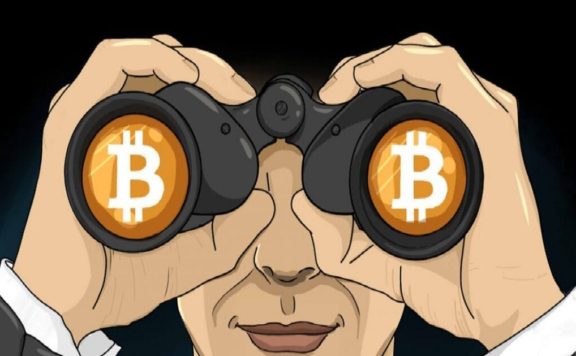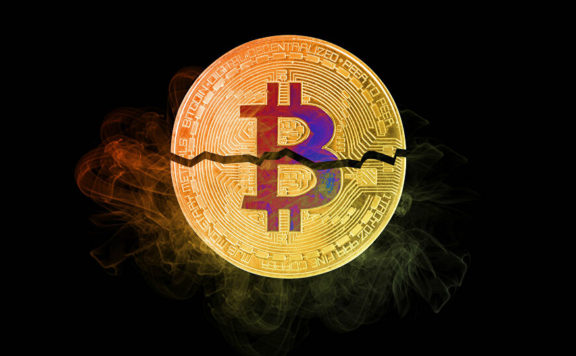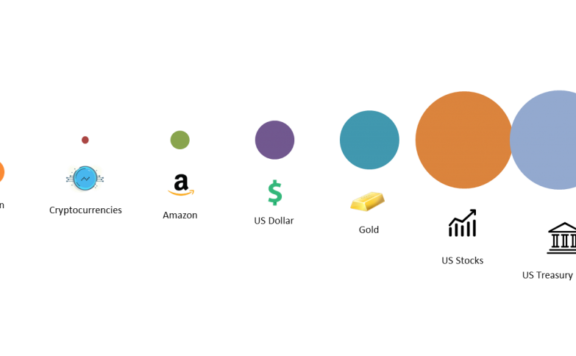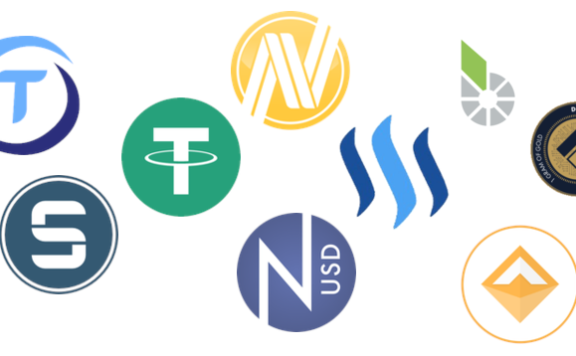Definition
NFTs (or “non-fungible tokens”) are unique or non-fungible assets stored on a blockchain. They are unlike a Bitcoin, that is worth the same as every other Bitcoin on the blockchain. As each NFT is totally unique, they can be used to certify ownership of any digital asset such as artworks, recordings, pets or even virtual real estate.
On March 11, 2021, Christie’s announced it had scheduled its first “all digital” works by a little known artist, Mike Winkelmann, for auction. Although Winkelmann was little known in the art circles of New York or Paris, he had nurtured quite a following in the online art market where he went by the name of “Beeple”. The virtual auction had a starting price of $100. The piece sold for $69 Million.
But, what did the anonymous buyer actually purchase? Not a framed painting or print, not a sculpture, in fact, nothing physical at all. The buyer gets a kind of digital artifact represented by a cryptoasset called an NFT.
Each of Beeple’s art pieces is digitised and immortalised by placing it on a blockchain in the form of a unique and non-fungible token. This token is then sold at auction as an original art work. “‘We are in a very unknown territory” Noah David, Christie’s contemporary art specialist told Reuters. “In the first 10 minutes of bidding we had more than a hundred bids from 21 bidders and we were at a million dollars.”
NFTs Explained
“Fungibility” of goods or assets refers to how they are all the same and can be interchanged as they hold the same value. Bitcoin and fiat currency like the dollar or Euro, are all fungible. One dollar bill is the same as the next. They are identical in their features and function and have the same monetary value. Non-fungible, on the other hand, is the opposite; meaning uniqueness.
Since NFTs are unique and non-fungible, let’s consider them to be a form of certification of authenticity for digital assets. And as certificates of authenticity, they are being used to sell a huge range of artifacts from NBA virtual trading cards to video art by Grimes to music from EDM stars like Deadmau5 and even tweets by entrepreneurs like Mark Cuban.
NFTs have been riding the coattails of popularity experienced by Bitcoin and other cryptocurrencies for a number of years. 2020 saw them grow to an estimated value of $338 million. But they have really come into their own in 2021.
Ethereum is the blockchain of choice for creating and storing these NFTs. Since blockchains are open-source, anyone can view and track NFT transactions as they are created, bought and sold. The smart contract technology that made the Ethereum blockchain so popular is being used to set up some NFTs so that the original artist continues to earn a percentage of the sale price on the secondary art market, too.
What gives NFTs value?
Much the same as any other open market, value is derived from demand. The question should be; why is there demand for NFTs? NFTs are fundamentally different from traditional artworks. But, proponents would argue that although NFTs are digital, they can be considered in the same way as a painting hanging over your fireplace.
Some collectors collect comic books, which might have cost pennies to print, but are then bought and sold for thousands of dollars. Consider, for example, the Mona Lisa; the original painting is hanging in the Louvre in Paris. But there are printed copies hanging on walls all over the world. The original is priceless, and the copies are merely worth the paper they are printed on. The valuable NFT originals may be stored on the blockchain, but copies can also be hung and enjoyed on digital screens in your home.
As one collector who sold a Beeple NFT for $6.6 Million said, “you can take a nice picture of the the Mona Lisa, but it’s not the Mona Lisa. It doesn’t have any value because it doesn’t have the provenance or the history of the work”.
How can I get my hands on an NFT?
There are many specialised digital markets where you can buy NFTs. It really depends on what you are looking for. For digital art, you can try Zora, Nifty Gateway and Rarible. Gaming related NFTs like in-game assets such as weapons or cosmetic upgrades are available in most marketplaces but are most likely found on Decentraland and The Sandbox where you can also find virtual land for online universes. Opensea is probably the largest open market where you can find most types of NFTs.
What’s under the hood?
NFTs are built using smart contracts on the Ethereum blockchain. Most decentralised finance (DeFi) tokens are fungible and use the ERC-20 standard. But, non-fungible tokens are created using the ERC-721 and ERC-1155 standards. Because these NFTs are stored on the blockchain, there is an immutable record of them from the beginning when they are created to every subsequent transaction thereafter.
What’s next for NFTs?
As NFTs become a mainstay of the art world, the technology behind them is growing in other industries, too. The music industry, for example, is working on ways to sell limited edition music and tickets for VIP concert experiences. Since the tickets are on the blockchain, they are immutable, so they cannot be fraudulently copied. Soon, you’ll be able to purchase an NFT ticket to your favorite artist or event. One things is for sure, non-fungible token technology is here to stay.







